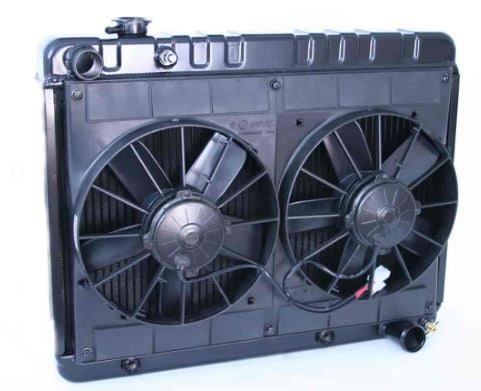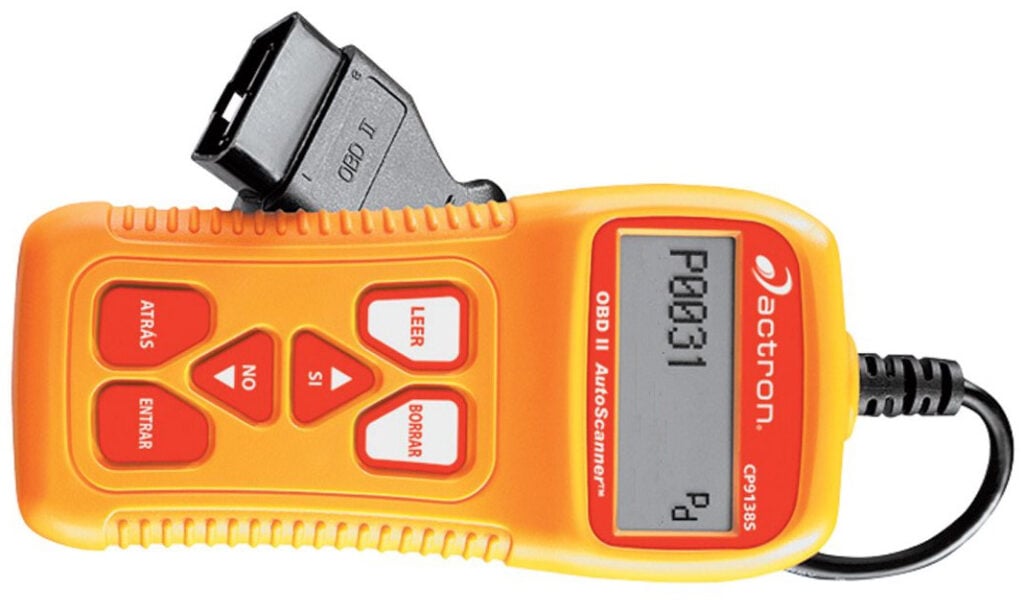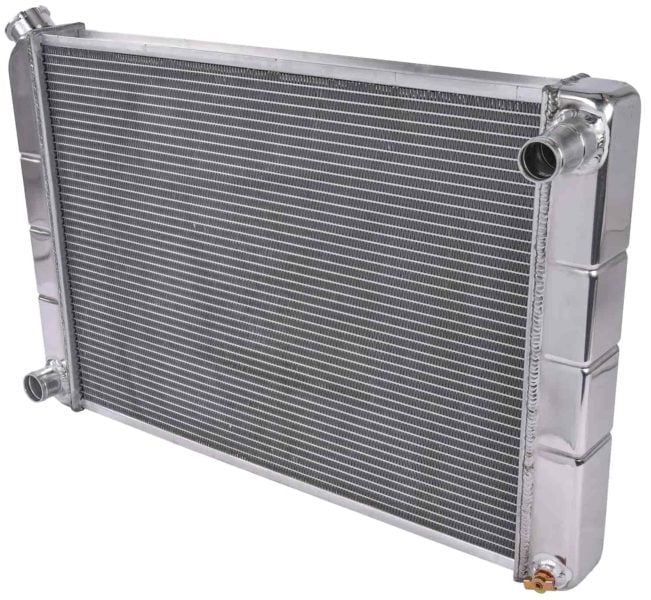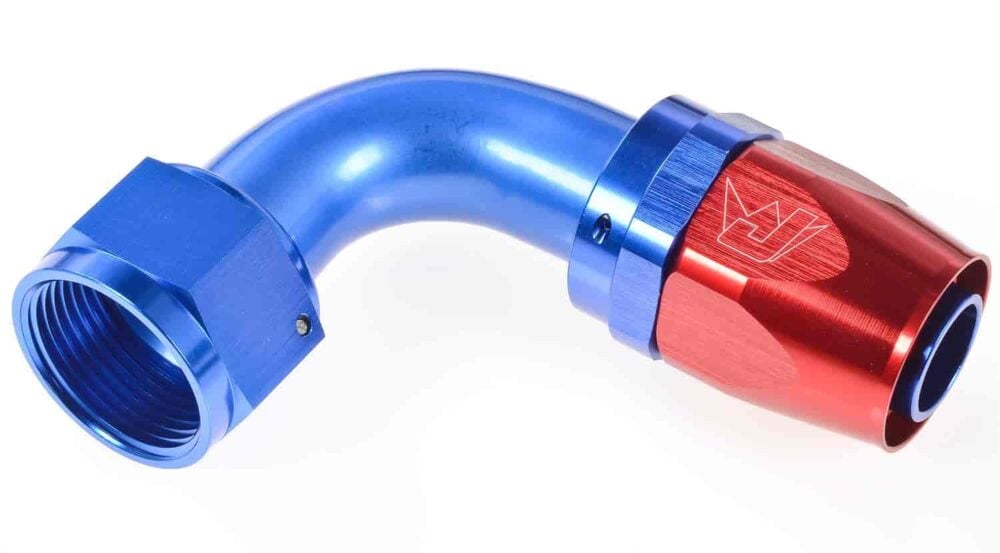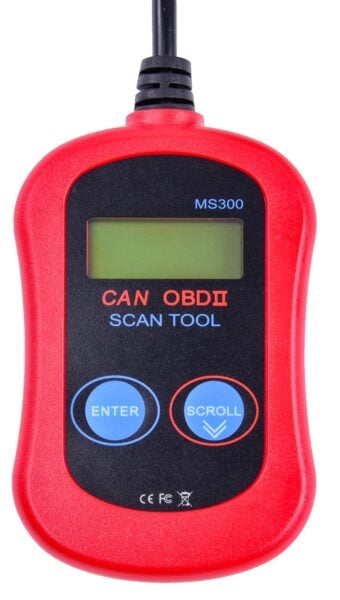
A coolant leak on the ground is easy to fix. The coolant temperature gauge skyrocketing is usually pretty simple to diagnose. But if the Check Engine Light is on, identifying cooling system issues can be more difficult. When your vehicle’s Engine Control Unit (ECU) sends the P2181 engine code, it is because a problem with the cooling system's performance has been detected.
Whether you’ve recently encountered this issue and are looking for a guide on how to fix it, or you just want to read up and expand your knowledge of technical engine-related problems, you’ll find all you need to know in this article from symptoms and causes to diagnosis and possible fixes.
What Is a P2181 Code?
The P2181 code is a general warning about the cooling system's performance. The code is sent to the vehicle’s control unit when the sensors register that the engine operates outside the recommended temperature range. To find out what exactly this issue is caused by requires further inspection.
What Are the Symptoms And Causes of a P2181 Code?
As with most engine trouble codes, the P2181 engine code isn’t particular and can’t pinpoint the root cause of the issue. However, what can help determine the cause are further symptoms that the vehicle may be showing.
When your vehicle sends the P2181 code, the symptoms may be the following:
- The engine temperature gauge shows too low or too high a temperature. The engine temperature gauge can be a lifesaver. The temperature gauge should alarm you whether the engine is running too cold or too hot. It is a good practice not to put extra load on the engine when it is above or below the mid-range.
- Temperature warning or Check Engine Light. The engine temperature gauge may react even to minor engine operating temperature deviations. However, when the warning light illuminates your dashboard, the temperature has reached a critical level, and it is best to pull over as soon as possible. In some cases, this light may also signal a low coolant level.
- The interior heater is not working correctly. The cooling system performance issue can also affect the heater. If the engine can’t reach operating temperature, it may be impossible to heat the vehicle's interior.
- Poor fuel economy. The issues related to the P2181 code may also cause poor fuel economy, as temperature readings can impact the fuel-to-air mixture ratios of the engine.
The following issues may cause these symptoms:
- Low coolant level. This is the number one cause of the P2181 code. The coolant level should be checked periodically to avoid overheating issues. Nonetheless, many drivers ignore this, along with checking the engine oil level, which is just as crucial for proper engine cooling. If the coolant level is too low, top up the tank and observe if there are any leaks in the system. The most common places of leaks are the radiator and hose connection points, but leaks could also be serious, like a head gasket or water pump. If you observe puddles of coolant underneath your car, this can help you find the specific location of the leak.
- The thermostat is stuck in an open or closed position. Another frequent issue is a malfunctioning thermostat. When stuck open, the engine cannot reach operating temperature and stays too cold. On the other hand, a closed thermostat does not allow for proper engine cooling, causing overheating. While the latter option is more severe, both can cause long-term engine damage.
- Faulty engine coolant temperature sensor. This is perhaps the “best” issue to deal with in the case of the P2181 code. Temperature sensors are a common issue and are easy and cheap to replace.
- Radiator fans are not working. If the radiator fans are not working correctly, the engine cannot dissipate heat effectively, which causes it to overheat. This is an even more serious issue in hot summer months when the engine cannot be cooled by the force of cold, cold air blown inside the engine bay through the front grille.
Remember that these lists are non-exhaustive, and other less common symptoms and causes can make further diagnosis even more difficult. Also, while not likely, multiple parts may fail simultaneously, so the cause of the P2181 may be twofold.
How Serious Is a P2181 Code?
The seriousness of the P2181 cooling system performance code depends on the symptoms and exact cause. In some instances, the code may arise because of a faulty temperature sensor, in other cases, the reason may be a faulty water pump and an overheating engine.
In the first case described above, the issue is not so serious, and you can continue driving the vehicle if you need more time to address the issue. On the other hand, the second case presents a serious problem, and continued use of the vehicle may lead to a catastrophic engine failure. As laid out before, a more in-depth diagnosis is needed to pinpoint the root cause of the code. For this reason, whenever you encounter a high temperature warning light or the P2181 error code, it‘s best to stop using the vehicle as soon as possible.
If you aren‘t able to address the issue right away or get your vehicle towed, you should, at the very least, stop, turn off the ignition, and let the engine cool down before you continue driving. Keep in mind that even then, the engine may sustain serious damage. The bottom line is, don‘t drive a vehicle with the P2181 to avoid unnecessary damage.
How Easy Is It to Diagnose a P2181 Code?
Given the description above, the P2181 cooling system performance code is vague. The only hint it gives is that the engine runs either too cold or too hot, which can be caused by many issues. If you aren’t confident in your diagnostic skills, bring your vehicle to a shop where they can conduct further diagnosis. In another case, you risk attempting to solve the problem by trial and error and replacing unnecessary components, thus increasing the repair cost.
However, if you‘re a hands-on person and want to undertake the diagnostics and repair independently, head to JEGS, where you can find the diagnostic tools needed to pinpoint the issue and high-quality replacement parts to replace the faulty components causing your P2181 code.




